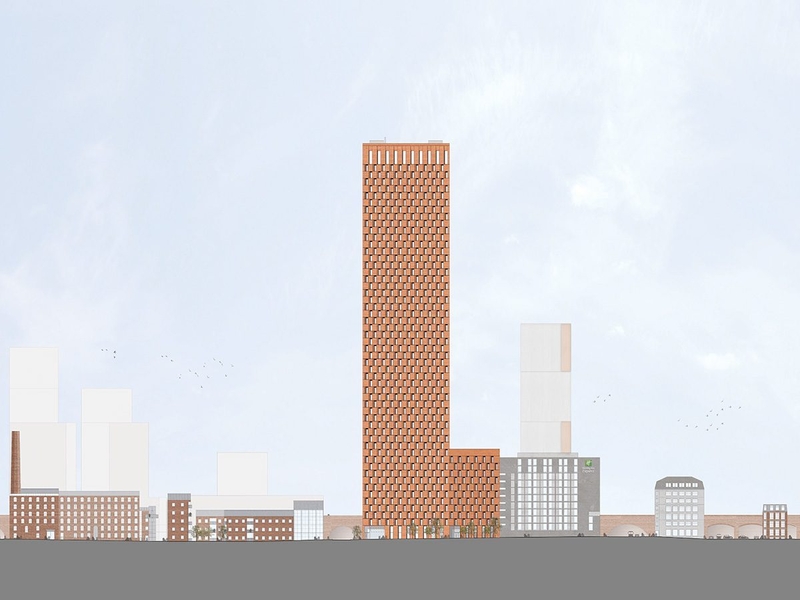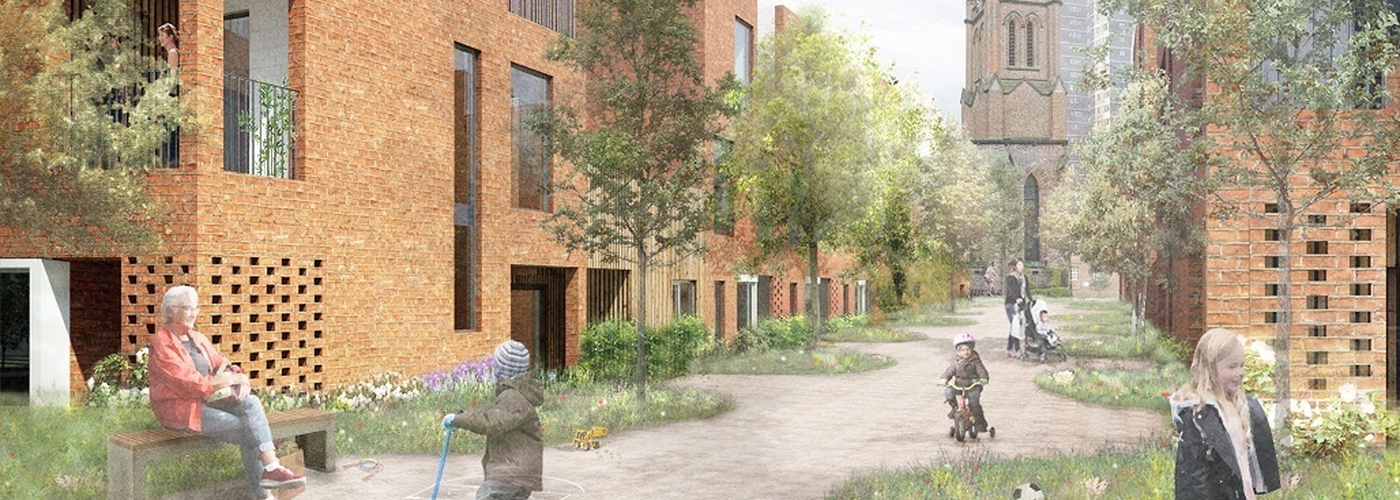Jonathan Schofield on a planning good sense, the death of the mall and a 'Glade of Light'
The fortnightly review of some of the big property stories across the city region. This time we're pleased to be on the right side of a planning deferment and look forward to a successful re-invention of a Greater Manchester town.
Half-baked 55 storey 'Big Brick' blocked
The long read this week featured the controversy over Hulme Street tower underlining how complaints from residents and others had been ignored by the planning application. Because of this, the article argued the ‘minded to approve’ conclusion from Manchester planning over the tower - which resembles a large upturned brick - was not valid. In the planning meeting on Thursday 21 January, various issues featured in the article were raised by residents and councillors with the result there will now be a site visit within the month. Given the scale of the scheme: 853 student ‘studios’ over 155m (508ft) on a compressed site off Oxford Road, if planning permission were to be refused then it may prove a significant moment in Manchester’s planning story.
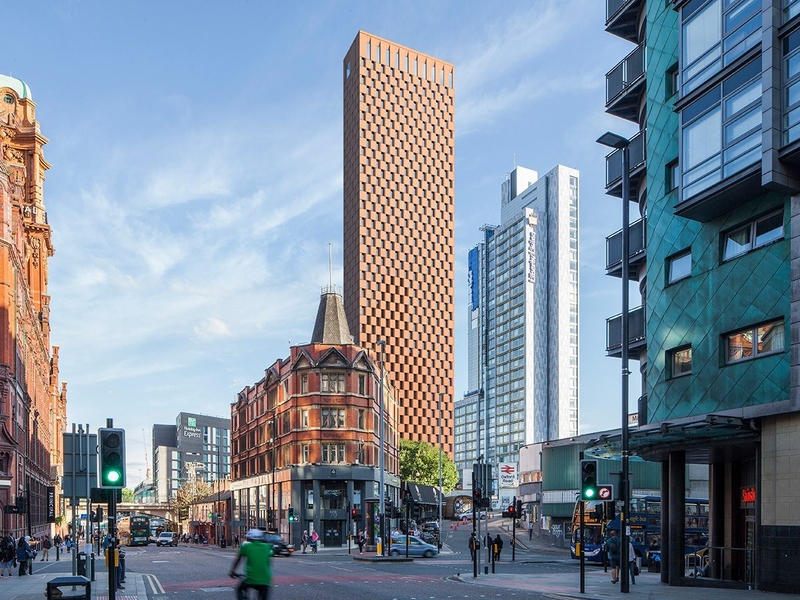
Stretford on the march with mall retreat
Away from the city centre, that retreat from the seventies ‘mall-isation’ of the British high street is evidenced once more in Stretford. In Greater Manchester, we got some of the worst malls particularly in the seventies, and particularly after 1974 when Greater Manchester county was created. Within twenty years, they were all awful, all of them, every single one of them across the county. Just think of the dreadful, downbeat ‘malls’ created on each side of Stretford in Chorlton, Urmston and Sale. Stretford’s mall, the oldest from 1969, had a certain interior modernist panache (check the Skyliner article here) but squatted on the former street pattern like a reverse cuckoo, locked behind dual carriageways and reached by subways straight from TV murder scenes. By the late nineties, the excitement of riding up escalators had worn off and you only visited if you wanted reassurance your life wasn’t that bad.
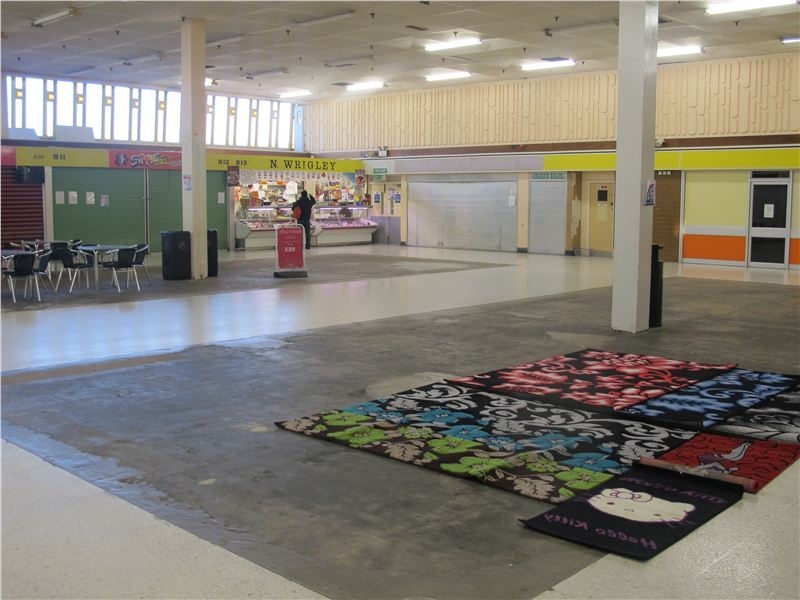
Stretford plans hope to recreate a proper town centre
Stretford Mall had made progress recently with some fine food and drink placesopening up, now, we trust, it's going to make a great leap forward through a joint venture between Trafford Council and Bruntwood Works. The plan looks very sound. These are the key points:
- to reinstate the historic King Street as a thriving high street, and developing a ‘Makers Yard’ hub for small independent retailers and restaurants, with outdoor seating, eateries and bar areas.
- to provide up to 800 residential units around Stretford Mall and St Matthew’s Church, including affordable homes
- to repurpose the Lacy Street area into a mixed-use space to unlock the connection between the town centre and the canal and open up the waterfront area. A series of interlinked public realm spaces would be created to bring people into Stretford from the wider area
- to create green ‘meeting areas’ with public squares and open spaces, and a green ‘biodiversity corridor’, including a Library Square and Central Park at the heart of the town centre. The features would also improve access to the Bridgewater canal
- to transform Stretford Mall and the surrounding area into a sustainable retail and leisure centre
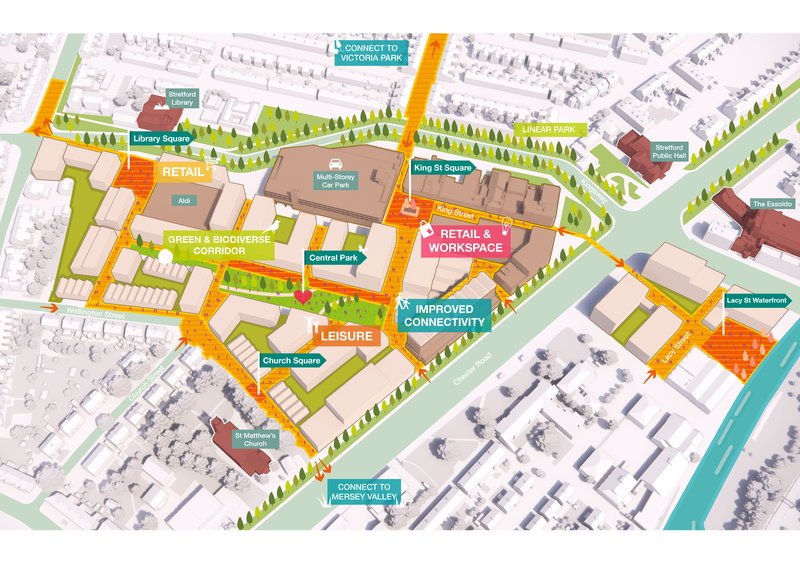
Stretford again: Connectivity, real housing and heritage assets
Three things must be addressed with the masterplan which has been arrived at after lots of consultation with ‘thousands’ of residents. Please Trafford and Bruntwood Works, ensure with those houses that people are put first and given proper room, not just the statutory minimum square footage. The elephant in the planning room is making those connections across Chester Road work. Let’s ensure Stretford Public Hall and the old and crazy Longford/Essoldo cinema get crucial roles in the re-invention. Trafford leader Cllr Andrew Western says: “The proposals will significantly improve connectivity, create valuable green and open spaces, and hubs for people to gather and interact. It will also help attract local independent businesses and exciting retail and hospitality brands while enhancing the lives of residents and visitors.” Here’s hoping.
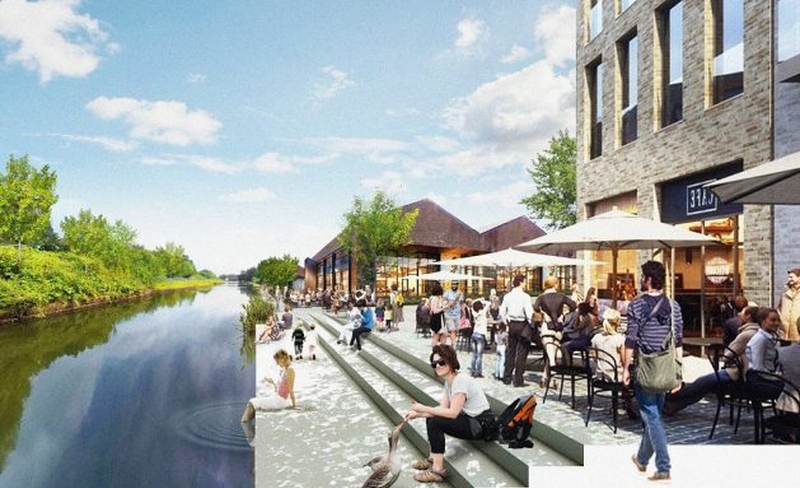
Mayfield still on track
The most worrying news came from Mayfield but it was followed by reassurance. U+I who is leading the £1.4bn regeneration of the 24-acre site south of Piccadilly Station posted a £50m loss for the six months ending 30 September 2020 and has restructured with a new boss, the affable Richard Upton. The economic disaster of the pandemic played a big part.
It appears the restructuring will ensure key projects including regeneration schemes such as Mayfield go ahead. Place North West report U+I is starting ‘to scout the market for pre-lets and financing for the first commercial offering: 320,000 sq ft of offices due to start on site this year. Large office requirements in the Manchester market at present include those of Disney UK, government body Network Rail, Bosch, Costain and others. Such names would be of interest to Mayfield, said Richard Upton, chief executive of developer U+I, part of the consortium delivering the scheme.
The 6.5 acres of Mayfield Park at the centre of the redevelopment is already on site. This received a government grant of £23m last year and was in the news recently with the discovery of the plunge pools at the blitzed Mayfield Baths.
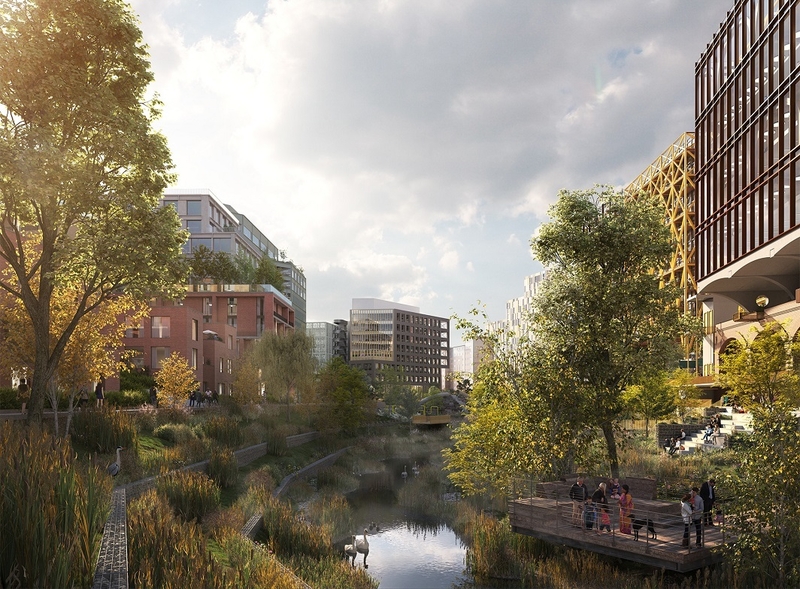
'Glade of Light' go-ahead to mark Arena bombing victims
The Arena atrocity memorial has been given planning permission. It will sit close to Manchester Cathedral and a short distance from the Arena where Islamist Salman Abedi blew himself up killing 22 people on 22 May 2017 and injuring many more. The name of the memorial will be The Glade of Light and has been designed by BCA Landscape and, given the circumstances, the unfortunately titled Smiling Wolf agency, after consultation with the families of the victims. The idea is to provide a peaceful garden for contemplation composed round a white stone ‘halo’ with the names of the lost 22 in bronze.

University indicates PBSA bubble might be bursting
Back to the first story here. The Hulme Street tower scheme is known as Purpose Built Student Accommodation (PBSA). This well-intentioned initiative to provide better private student accommodation through private money has become a monster in cities across the country, changing skylines everywhere. Given the governmental incentives for certain developers, the rush to build and then sell-on has become unseemly. In uncertain 2021, the situation might have progressed. The University of Manchester couldn’t support Hulme Street because, as they stated, demand has reduced since 2016-17. There were still empty rooms in 2018-19 in the central PBSA towers and, killer point this, the high levels of rent demanded in many of the PBSA properties would ‘not meet the needs of the majority of University of Manchester students’. Perhaps the cash cow might not be miked so easily in the coming years.
